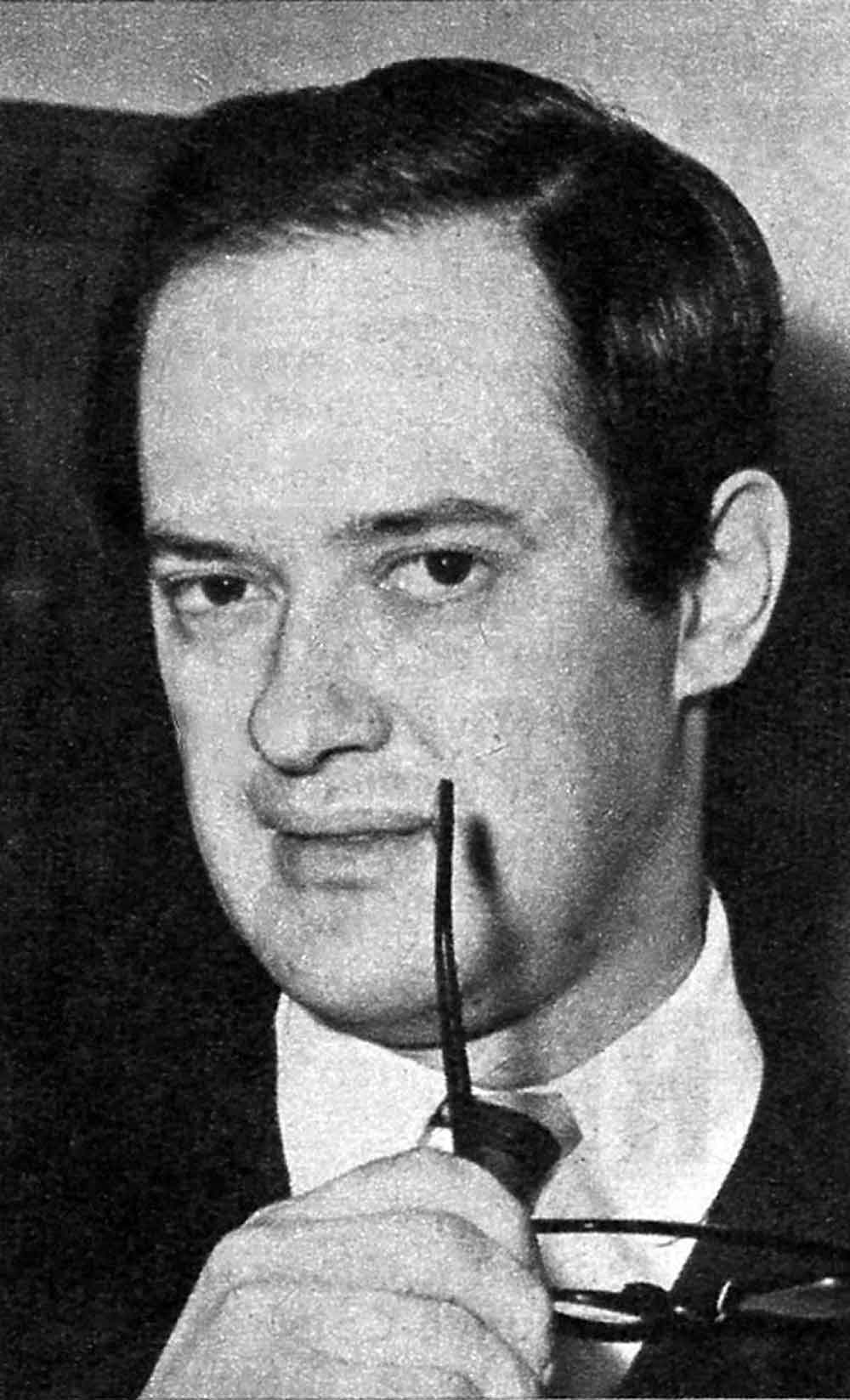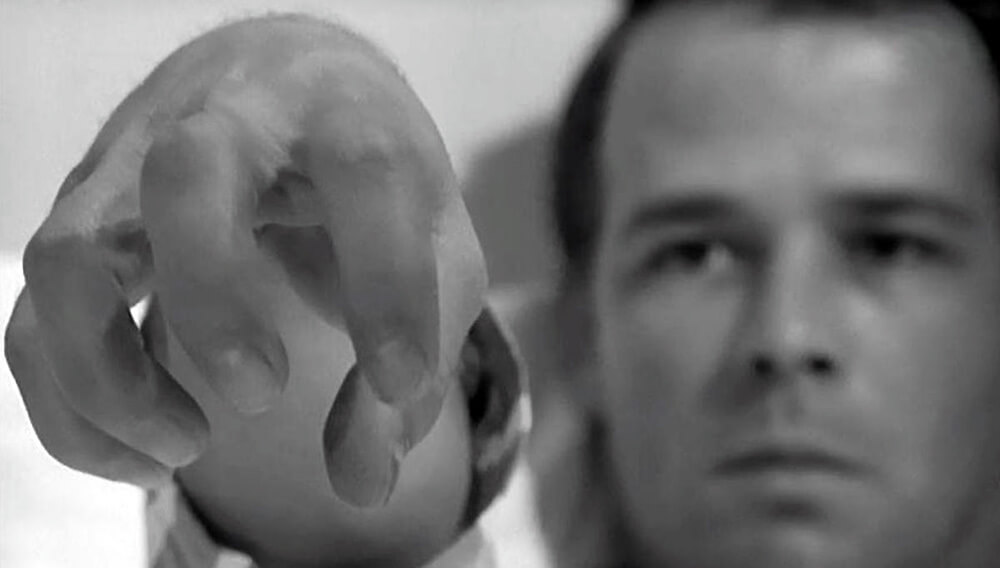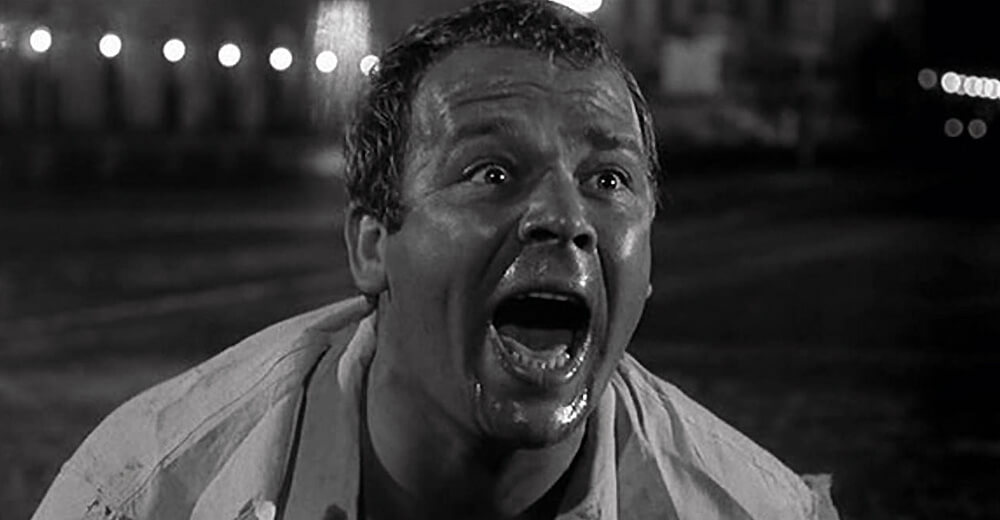”In 1963, Ugo Gregoretti filmed what is probably his most intense and significant work. Moving between ironic science fiction, comedy, surrealism, television investigations, and Malaparte-style journalism, undoubtedly inspired by the master René Clair in crossing the fantastic with the everyday, the Roman director created what could be defined as a prequel to Carpenter's "They Live." The title, "thanks" to the arrival of the eponymous "pandemic variant" and the resulting collective hysteria as always fomented by the media, has recently brought attention to this jewel of our cinema, which instead deserves much more consideration.
Daniele Pieraccini
«Omicron was a film about the factory, or rather, about Fiat, so much so that its documentary basis is the investigation into Fiat made by Giovanni Carocci and appeared in the magazine” Nuovi Argomenti “, directed by Alberto Moravia, which analyzed difficult trade union issues within the Fiat factories after the creation of a secret police that supervised work in the factories. Some things came from a meeting in Turin with young people from the “Quaderni Rossi”, Fofi and Soave.
After my first works and after the success of the film Ro.Go.Pa.G. Cristaldi proposed to me in 1963 to shoot a science fiction film, which at first I thought of shooting directly in Turin. Omicron was a curious example of satire on blue-collar work in a large factory, with an alien embodying himself as a worker.
I went to Fiat, a little naively, to ask for the use of a large factory where I could shoot, but obviously Fiat did not give us permission. I then went to Eni which, driven by the desire to demonstrate how public bodies were more open than private ones, immediately made available a plant in Florence, the Nuovo Pignone, specialized in the construction of gas cylinders for kitchens.
We stayed there for almost a month, in Turin we only shot a few exteriors in Piazza San Carlo and on the outskirts» (U. Gregoretti, in D. Bracco, S. Della Casa, P. Manera, F. Prono, edited, Turin city of cinema , Il Castoro, Milan, 2001).
“One day we will no longer be ourselves, but others within us.”
In 1963, Ugo Gregoretti filmed what is probably his most intense and significant work.
Moving between ironic science fiction, comedy, surrealism, television investigations, and Malaparte-style journalism, undoubtedly inspired by the master René Clair in crossing the fantastic with the everyday, the Roman director created what could be defined as a prequel to Carpenter’s “They Live.”
The title, “thanks” to the arrival of the eponymous “pandemic variant” and the resulting collective hysteria as always fomented by the media, has recently brought attention to this jewel of our cinema, which instead deserves much more consideration.
In those years science fiction seems to have found its own space within Italian cinema: in 1958 Paolo Heusch directs “The Day the Sky Exploded”, the first sci-fi film produced in our country with which he anticipates the catastrophic genre; Antonio Margheriti sets the poker of the “Gamma One” tetralogy (all movies set in the homonymous space station); the maestro Mario Bava realizes “Planet of the Vampires” which will inspire Ridley Scott’s Alien; Bruno Gaburro shoots the post-apocalyptic “Ecce Homo: i sopravvissuti” and Luigi Cozzi makes his debut with the experimental satire “The tunnel Under the World” (Frederik Pohl).
Gregoretti links sci-fi inspiration to costume satire, using touches that anticipate the mockumentary (how many avant-garde ideas in Italian cinema of the sixties, an inexhaustible source for Hollywood screenwriters even decades away …) to reflect, with the same clarity and the same disenchantment of Salce in his “Coup d’état”, a few years later, on a society already on the way to dissolution.
First and second choice creatures
Omicron tells us about an alien invasion, along the lines of “Invasion of the body snatchers”: beings from another planet want to conquer the Earth by possessing its inhabitants. To infiltrate us, they exploit the conformism of people, already “possessed” by the social dynamics (above all the servant-master one) that guide their existence.
It is here that Gregoretti’s vision refers us to Carpenter’s. At the height of the Reagan era, that of the American director is an awareness of an invasion by now consolidated; the Italian film instead shows us the dawn of the invasion itself. The capitalist parasite is the result of the merger between alien beings and the conformist progressivism of our times.
Gyroscopic calandroni
Angelo Trabucco (played by Renato Salvatori) is a humble worker, a last of the class, who is found dead inside a concrete tube, in an opening sequence that alone is worth the film and that already shows us the mastery of Gregoretti in managing visual and conceptual expressiveness. The fact, however, is that Trabucco is not dead, but possessed by an alien entity, which gradually brings the body back to life and learns to know and control it.
The most comic gags in the film are due to this learning process aimed at parasitic control, but we also see some surprising imaginative ideas: above all the reading at an incredible speed of a lot of books, in order to learn everything about humans in the shortest possible time.
“Catalepsy has made him a non-existent man and a model worker”
Clumsy, catastrophic and very rude in social interactions, Trabucco / alien has uncommon strength and resistance and above all is superhumanly productive in his work in the factory, putting other workers in crisis also because he makes no claims and obeys every request.
After many vicissitudes and incidents that inevitably bring the protagonist to the center of attention by colleagues and superiors, the main obstacle to the alien invasion is finally identified by our enemies who came from Space: human conscience.
This uncomfortable light, which re-emerges in Trabucco thanks to love, is however already in check by earthly forces, by the laws of the market and by the society bent on it. What troubles higher beings from other worlds is, however, stifled by the conformism of our age.
Angelo will fight in a gasp of rebellion, trying to warn his fellow men, but will eventually succumb to general indifference. Meanwhile, the aliens, who have figured out which bodies they must occupy (those of the elite), are planning the years to come. Years of prosperity for them and of slavery for most of humanity.
Reviewing the history (of Italian cinema)
Faced with films like Omicron, like Salce’s Coup D’Etat and many, too many others, so rich from many points of view (creative, textual, imaginative, acting …) leads us to reflect on the need to free ourselves from the institutionally imposed vision of the history of our cinema. It is not possible that there are so many works of depth forgotten or ignored by the pragmatic gaze of “official” criticism.
But this is not surprising: there is a clear desire to push certain authors to the detriment of other “uncomfortable” works, to promote precisely the progressive, conformist, hypocritical and decadent vision observed and criticized in a lucid way by authors such as Gregoretti, Salce, Petri, Tognazzi, Ferreri.
“I’m losing gravy”
One last, dutiful tribute to Renato Salvatori, the perfect protagonist chosen by Gregoretti.
An eclectic and original actor, who in Omicron confirms his class and versatility, already shown first (with Risi, Monicelli, Castellani, Visconti …) and later (with Ferreri, Petri, Costa-Gavras … ).
In 1963 his career is already in a downward phase; his farewell to the cinema at the age of fifty (and his forgotten death a few years later) is another painful shame of our cinema.
CLICK AND UNLOCK A CLIP IN WHICH UGO GREGORETTI TELLS HIS “OMICRON”
“Omicron” (IT 1963) by Ugo Gregoretti
Director: Ugo Gregoretti
Writer: Ugo Gregoretti
Script: Ugo Gregoretti
Productor: Franco Cristaldi
Production: Lux Film, Ultra Film, Vides Cinematografica
Distribution: Paramount
Cinematography: Carlo Di Palma
Music: Piero Umiliani
Scenography: Carlo Gentili
Cast
Renato Salvatori: Angelo Trabucco / Omicron
Rosemarie Dexter: Lucia
Gaetano Quartararo: Midollo
Mara Carisi: Midollo’s wife
Ida Serasini: Piattino’s widow
Calisto Calisti: Torchio
Dante Di Pinto: Policeman
Vittorio Calef: S.M.S.’ CEO
Maria Grazia Grassini: miss Mari, the nurse
Ugo Gregoretti: journalist
Comicron Film Festival 2025
Pontelandolfo (BN) | 19-21 settembre
Comicron is an international festival entirely devoted to short films in the comedy genre. Now in its eleventh edition, Comicron stays true to its spirit: discovering new talents, exploring fresh directions in cinematic language, and promoting the short film as a powerful and independent art form.
Founded by visionary filmmaker Ugo Gregoretti in 2013, Comicron takes place on a grand stage in the beautiful town of Pontelandolfo, beneath its iconic medieval tower — a setting that makes each edition a celebration of creativity, innovation, and the timeless joy of comedy.

















